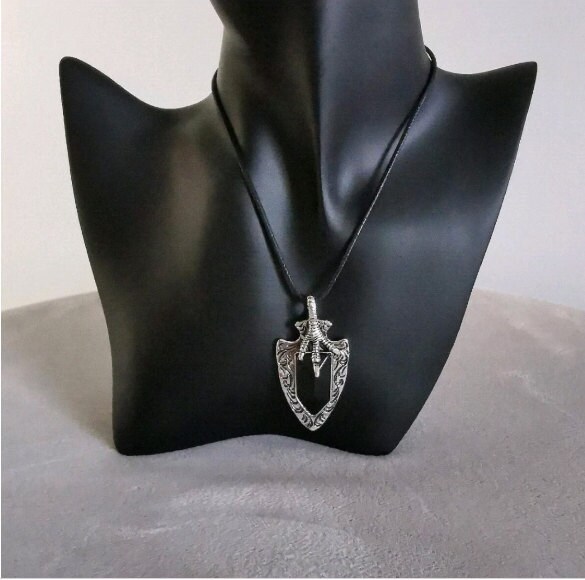Obsidian forms when molten lava cools rapidly with minimal crystal growth. This rapid cooling process results in a smooth, glass-like texture, making it distinct from other volcanic rocks. Obsidian is typically found in areas with high volcanic activity, such as the western United States, Central and South America, Japan, and parts of Europe.Obsidian's history dates back to prehistoric times when early humans discovered its exceptional sharpness and durability. Since it fractures with razor-sharp edges, obsidian became one of the earliest materials used for crafting tools and weapons. Archaeological findings indicate that obsidian was widely traded among ancient civilizations, serving as a crucial commodity in various regions.
In Mesoamerica, civilizations such as the Aztecs and Mayans heavily relied on obsidian for weaponry, tools, and ceremonial artifacts. The Aztecs, in particular, fashioned obsidian into arrowheads, knives, and even macuahuitl—a wooden club embedded with obsidian blades. These weapons were highly effective in battle, capable of cutting through flesh and armor with ease.Beyond its practical applications, obsidian held spiritual and religious significance. The Mayans used it to craft mirrors, believing they had mystical properties that could reveal hidden truths or connect with deities. Obsidian mirrors were often associated with Tezcatlipoca, the Aztec god of night and sorcery.
Obsidian was also prized in the ancient Near East, particularly in Mesopotamia and Anatolia. Early civilizations in these regions utilized obsidian for crafting cutting tools, jewelry, and trade goods. The ancient Egyptians valued obsidian for its sharp edges, using it in surgical instruments and cosmetic applications, such as eyeliner applicators.In the Mediterranean, the Greek and Roman societies recognized obsidian’s aesthetic appeal and incorporated it into decorative objects, amulets, and sculptures. The Romans also believed in its protective properties, often using obsidian to ward off negative energy and evil spirits.
Despite the advancements in technology, obsidian continues to play a role in modern applications. One of its most notable uses is in the field of medicine. Due to its incredibly sharp edges, obsidian is used to make surgical scalpel blades that are finer and sharper than steel. These blades create cleaner incisions, reducing tissue damage and promoting faster healing.Additionally, obsidian is of great interest in archaeological studies. Through obsidian hydration dating, scientists can determine the age of obsidian artifacts by analyzing the rate at which moisture has penetrated the material. This technique has proven invaluable in studying ancient trade routes and cultural exchanges.
Obsidian is widely regarded as a powerful healing stone in metaphysical and spiritual practices. It is believed to possess protective qualities, shielding individuals from negative energy, psychic attacks, and emotional distress. Many practitioners use obsidian in meditation, energy work, and holistic healing to promote mental clarity and emotional stability.
Protection and GroundingOne of the most well-known benefits of obsidian is its grounding properties. It helps individuals stay connected to the present moment and maintain emotional balance. People who struggle with anxiety, stress, or emotional turmoil often use obsidian to dispel negativity and foster a sense of stability.
Emotional HealingObsidian is associated with deep emotional healing. It is said to bring hidden fears, traumas, and suppressed emotions to the surface, allowing individuals to confront and process them. Black obsidian, in particular, is known as a “truth-enhancer,” encouraging self-reflection and personal growth.
Chakra AlignmentIn crystal healing, obsidian is closely linked to the root chakra, which governs stability and security. By balancing this chakra, obsidian helps individuals feel more grounded and connected to their environment. Variants such as snowflake obsidian and mahogany obsidian offer additional benefits, including fostering resilience and inner strength.
Obsidian's striking appearance makes it a popular choice for artistic and decorative purposes. Jewelry crafted from obsidian, including necklaces, rings, and bracelets, is highly sought after for both its aesthetic appeal and its reputed energetic properties.Artists and sculptors have long utilized obsidian to create intricate carvings, statues, and ornamental pieces. In interior design, obsidian is sometimes incorporated into countertops, tiles, and decorative accents to add a touch of sophistication and mystique to living spaces.
Even today, obsidian continues to hold economic and cultural significance. It is mined and traded in various regions worldwide, with certain types of obsidian, such as rainbow obsidian and gold sheen obsidian, being especially prized for their unique color patterns.Culturally, obsidian maintains its relevance in indigenous traditions and modern spiritual practices. Many Native American tribes consider obsidian a sacred stone and use it in rituals, tools, and ceremonial objects. In contemporary alternative healing circles, obsidian remains a popular choice for those seeking protection, clarity, and transformation.


